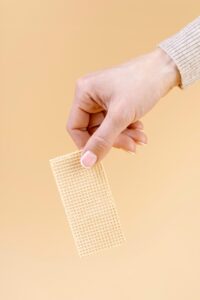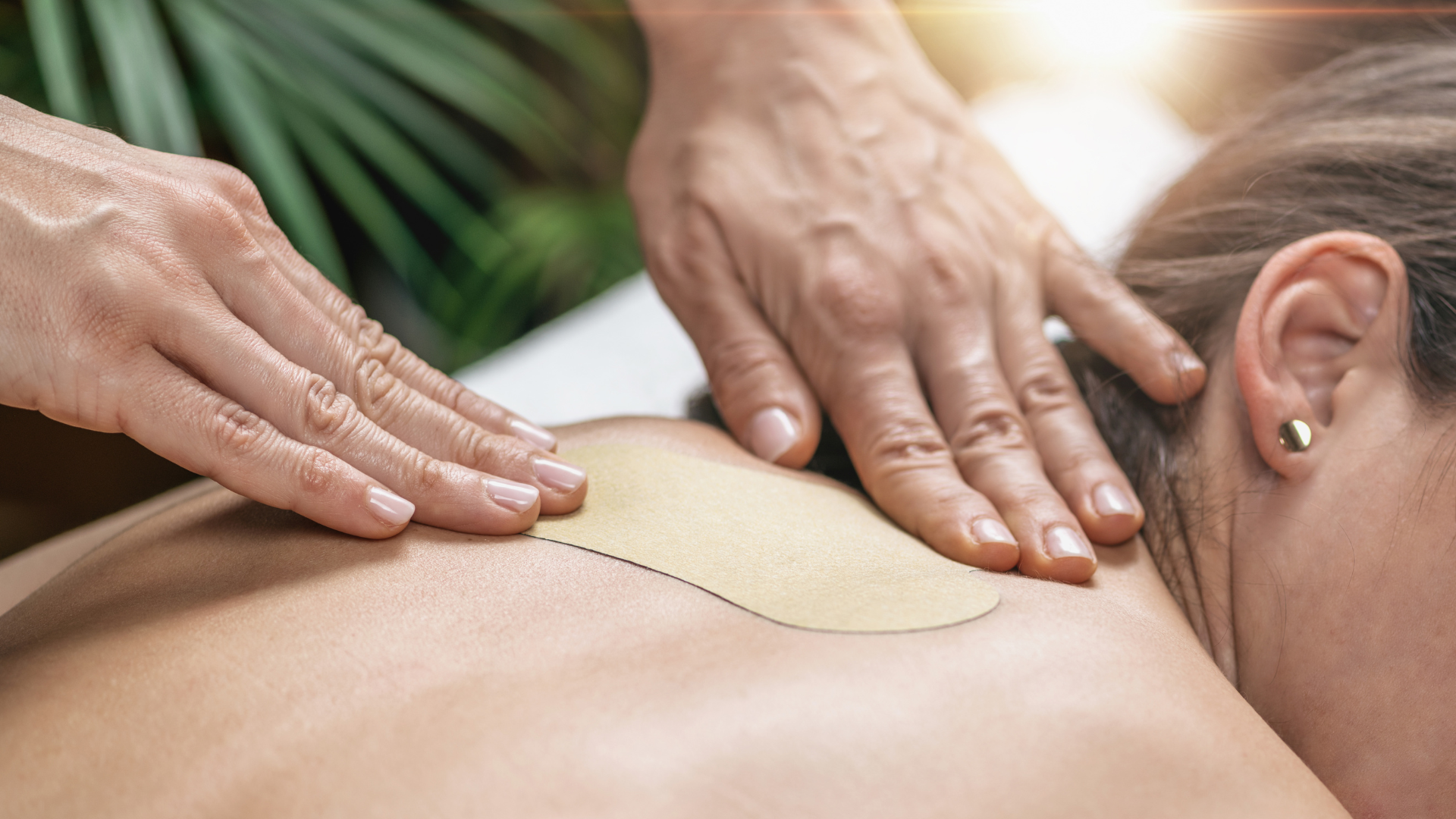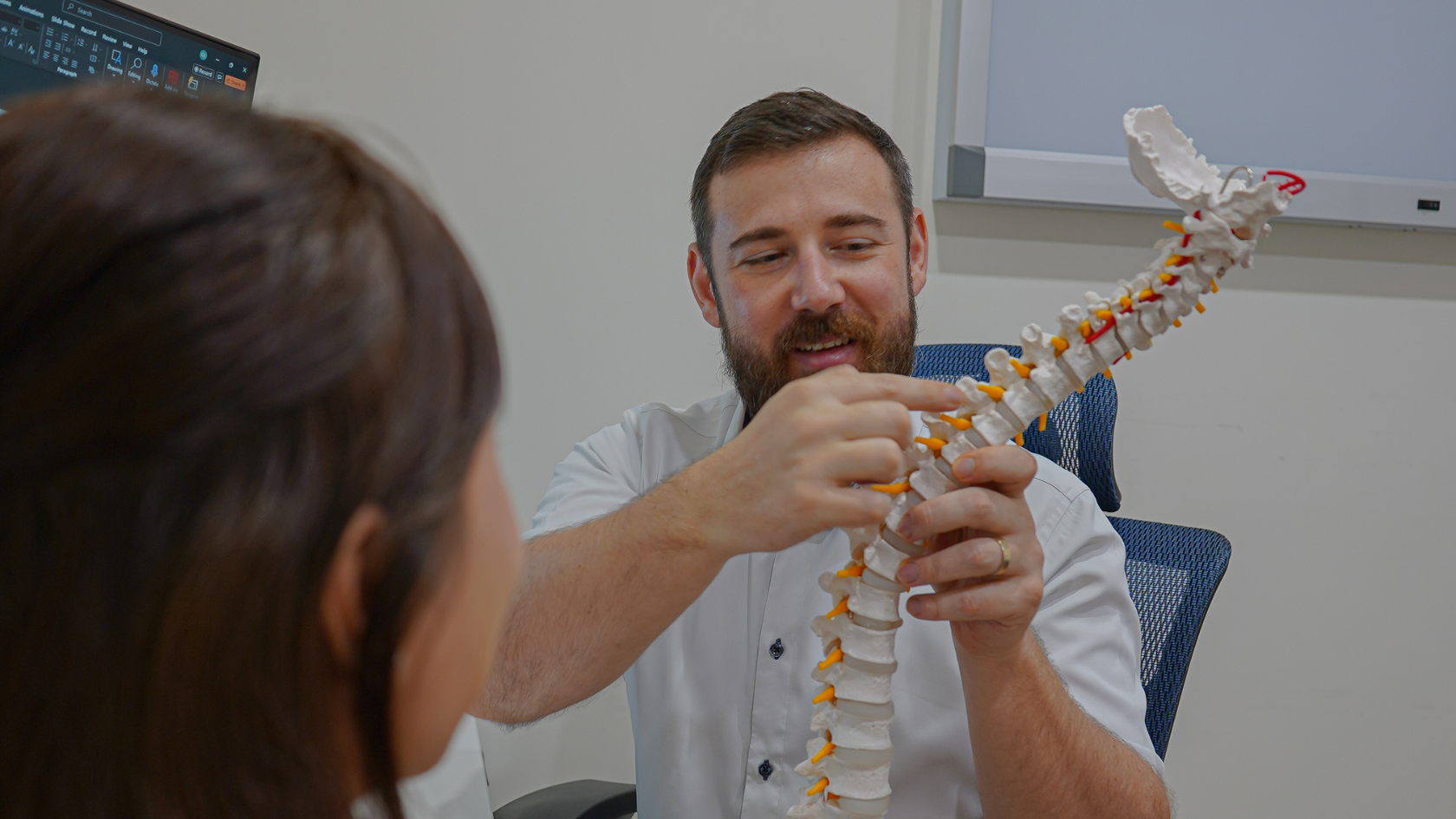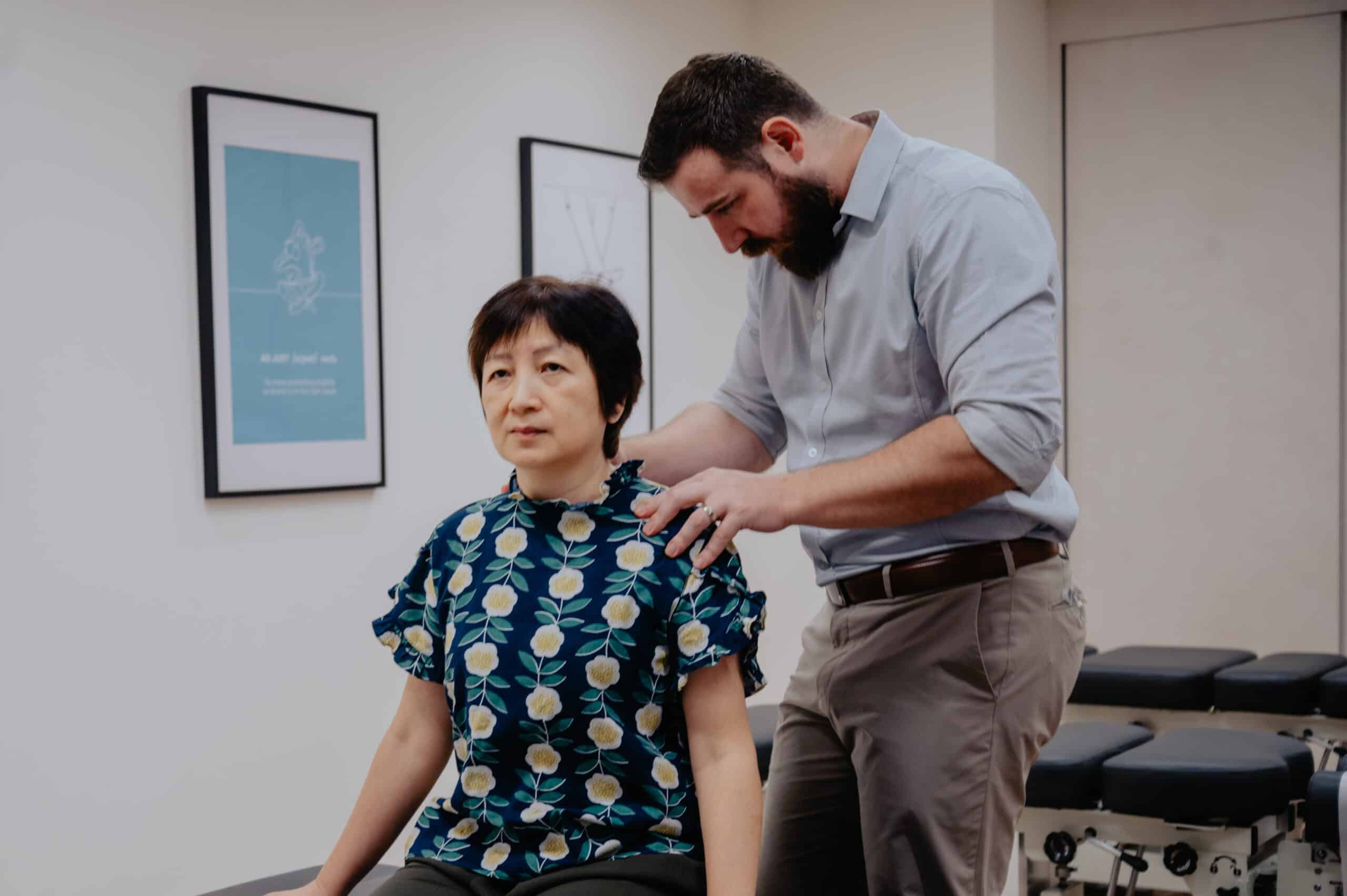Daily routines, from long hours at the desk to running errands or chasing after kids, can take a toll on the body. Over time, these movements — or lack of movement — may lead to stiffness, fatigue, or general discomfort, particularly pain around the neck, shoulders, back, or knees. While many people turn to oral pain relief or topical creams, there’s a more targeted, fuss-free option available:
These discreet patches have become a go-to for people seeking quick, non-invasive comfort. Whether you’re navigating a sedentary workday or recovering from a physically demanding weekend, pain relief patches offer a convenient way to support your body throughout the day.

How Do Pain Relief Patches Work?
Pain relief patches are adhesive pads applied directly to the skin to deliver active ingredients that may help reduce muscle tension or joint discomfort. These ingredients — such as menthol, lidocaine, or capsaicin — are slowly absorbed through the skin and act locally on the affected area, offering a soothing sensation.
The effectiveness of these patches often depends on the type of ingredient, the strength of the formula, and how long the patch is worn. Some provide a cooling effect that distracts from discomfort (counterirritants), while others may block pain signals or promote warmth to soothe stiff muscles.
Benefits of Using Pain Relief Patches
- Targeted application – Ideal for specific areas like the neck or knees
- Discreet and travel-friendly – No strong odour, stains, or mess
- Long-lasting effect – Some patches can be worn for up to 8–12 hours
- Non-drowsy and non-invasive – No pills or creams involved
- Variety of options – From natural herbal patches to medicated ones
These qualities make pain relief patches a useful everyday tool, especially for those looking to manage mild to moderate discomfort without constant medication.

Limitations of Pain Relief Patches to Keep in Mind
While pain relief patches can be helpful, they aren’t a fix-all. Here are a few things to keep in mind:
- Not a cure – They don’t treat the underlying cause of pain, especially if it stems from posture issues, inflammation, or chronic conditions
- May vary in effectiveness – hat works well for one person may not provide the same level of relief for another, and over-reliance on pain relief patches can cause their effectiveness to decrease over time.
- Skin sensitivity matters – Prolonged use or sensitive skin can sometimes result in irritation
- Duration and dosage – It’s important not to exceed the recommended wear time or apply too many patches at once
For persistent discomfort, it’s always best to consult a healthcare provider — pain relief patches can be part of the solution, but not the whole story.
Common Pains That Pain Relief Patches Can Help
Here’s a quick look at how specific patches can support different areas of the body:
Area of Pains |
Common Causes |
Patch Description |
|---|---|---|
Pain Relief Patch for Neck Pain |
Prolonged screen use, poor posture | Often designed to fit neck curves, with heat or menthol |
Pain Relief Patch for Shoulder Pain |
Carrying heavy bags, tension build-up | Heat patch or menthol-infused patch |
Pain Relief Patch for Lower Back Pain |
Long sitting hours, lifting heavy items | Thermal or medicated patch |
Pain Relief Patch for Knee pain |
Sports, stair climbing, walking for long hours | Knee pain relief patch – shaped for joint flexibility |
Pain Relief Patch for Calves and Thighs Pain |
Intense workouts or standing long hours | Cooling patch for fatigue |
These pain relief patches can be a handy option when you’re managing muscle fatigue or minor aches and want something that works quietly in the background.
Types of Pain Relief Patches

1. Thermal Pain Relief Patches
- Provide a warming sensation
- Useful for muscle tightness, especially in cooler environments or after extended periods of inactivity
2. Cooling Pain Relief Patches
- Deliver a cooling effect that may help ease post-exercise soreness
- Often used to help with swelling or muscle strain
3. Medicated Pain Relief Patches
- Contain ingredients like lidocaine, menthol, camphor, or capsaicin
- Work either by numbing the area or distracting the body from discomfort
4. Herbal or Natural Pain Relief Patches
- May feature ingredients like ginger, turmeric, or eucalyptus
- Often preferred by users seeking a plant-based or more holistic approach
Remember to always follow the product’s instructions and do a patch test if you’re trying a new brand or formula.
Popular Pain Relief Patch Brands in Singapore
If you’re considering pain relief patches, here are some of the most trusted brands available in Singapore:
Pain Relief Patch Brands |
Pain Relief Patch Type |
Common Uses |
|---|---|---|
Salonpas |
Menthol, Methyl Salicylate | Muscle aches, back pain, joint pain |
Tiger Balm |
Menthol, Camphor | Muscular pain, strains, sprains |
Kueh Lee |
Capsaicin, Herbal | Shoulder pain, muscle stiffness |
Salonpas Ultra Strength |
Menthol, Methyl Salicylate | Chronic pain, muscle discomfort |
Hanasaki |
Ginger, Eucalyptus | General muscle pain, relaxation |
These brands offer a range of options to suit various types of pain, from muscle soreness to joint discomfort, and can be a handy solution for daily aches.
Safe & Effective Use of Pain Relief Patches
Make the most of your pain relief while minimising risks by following these important guidelines:
- Always apply to clean, dry skin – This ensures the patch adheres well and the ingredients are absorbed properly.
- Avoid applying to broken, irritated, or sensitive skin – This helps prevent further discomfort or adverse reactions.
- Do not use more than one patch at a time unless specifically advised by a healthcare professional – Overuse can cause unwanted side effects.
- Follow the recommended wear time – Some patches are not suitable for prolonged or overnight use.
- Check the ingredients list carefully – Especially if you have allergies or known sensitivities.
If unsure, speak to your healthcare provider before use.
Pain Relief Patches Offer a Short-term Solution, Here’s how to get Long-term Pain Relief with Chiropractic Care

While pain relief patches can be effective for temporary discomfort, long-term relief often requires a deeper, holistic approach. If your aches and discomfort are persistent, chiropractic care may be a more sustainable solution.
Chiropractic care addresses the root causes of musculoskeletal pain, such as misalignments in the spine and joints, which can contribute to neck, back, and other bodily discomfort.
Through precise, non-invasive adjustments, chiropractic care may help improve posture, relieve muscle tension, and support your overall well-being.
💡 Learn more about how chiropractic care gets down to the root cause.
Types of Pain That Chiropractic Care Can Address
😖 Type of Pain or Discomfort |
🔎 Possible Contributing Factors |
💪 Chiropractic Focus |
|---|---|---|
Neck tension |
Poor posture, mobile phone use | Spinal adjustments, postural education |
Shoulder stiffness |
Desk work, uneven load carrying | Joint mobilisation, ergonomic advice |
Lower back tightness |
Long sitting, heavy lifting | Spinal alignment, core muscle support |
Knee strain |
Uneven gait, past injuries | Movement assessment, joint rebalancing |
Headaches |
Tension build-up, posture-related stress | Cervical spine support and alignment |
At Chiropractic Singapore, we focus on restoring your body’s natural alignment, which can promote long-lasting relief and prevent future discomfort.
Book an Appointment with Chiropractic Singapore
Relying on pain relief patches often, but still feeling tension or discomfort? It might be a sign that there’s more going on beneath the surface.
At Chiropractic Singapore, we take a holistic approach to help restore your body’s natural alignment and function — using safe, gentle techniques tailored to your needs. Let’s address the root of the issue, not just the symptoms.
Book an appointment today and take the first step towards lasting relief and improved well-being.
FAQs on Pain Relief Patches
1. Can I use a pain relief patch for neck tension while working at my desk?
Yes, a pain relief patch for neck is commonly used during the day to help ease tension, especially if designed for movement and comfort under clothing.
2. Are knee pain relief patches suitable for daily use?
Some knee pain relief patches are made for daily use, but it’s important to read the product instructions and avoid overuse.
3. Can I use pain relief patches along with chiropractic care?
Yes. Patches can provide temporary relief while chiropractic care addresses your body’s alignment and mobility. However, always consult your chiropractor before combining wellness tools.
4. Do I need a prescription to buy pain relief patches in Singapore?
Most pain relief patches are available over the counter, but some medicated variants may require advice from a pharmacist or doctor.
5. Are there any side effects from using pain relief patches?
Most people tolerate them well. However, some may experience skin redness, itching, or irritation. If this occurs, discontinue use and consult a healthcare provider.










